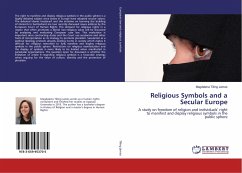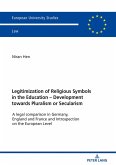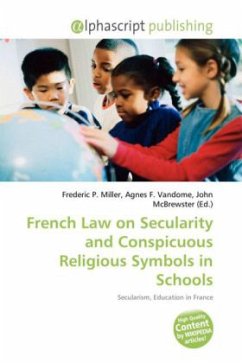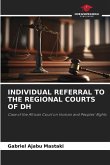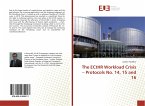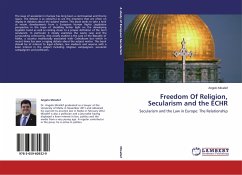The right to manifest and display religious symbols in the public sphere is a highly debated subject since states in Europe have adopted secular values. The debated Islamic headscarf and the initiative on banning the building of minarets in Switzerland are two recently discussed issues address by the European Court of Human Rights. The demand for religious rights in a region that often promotes a liberal non-religious value will be discussed by analyzing and evaluating European case law. This evaluation is important since contracting states and the Court use secularism and other tools of interpretation as its strategy to promote pluralism. Secularism as a political ideology protects already existing norms in society which makes it difficult for religious minorities to fully manifest and display religious symbols in the public sphere. Restrictions on religious manifestation and the display of symbols is more likely to be limited when manifested in parastatal organizations. The question open for discussion is whether the limitation of article 9 regarding religious symbols is a favorable strategy when arguing for the value of culture, identity and the protection of pluralism.
Bitte wählen Sie Ihr Anliegen aus.
Rechnungen
Retourenschein anfordern
Bestellstatus
Storno

